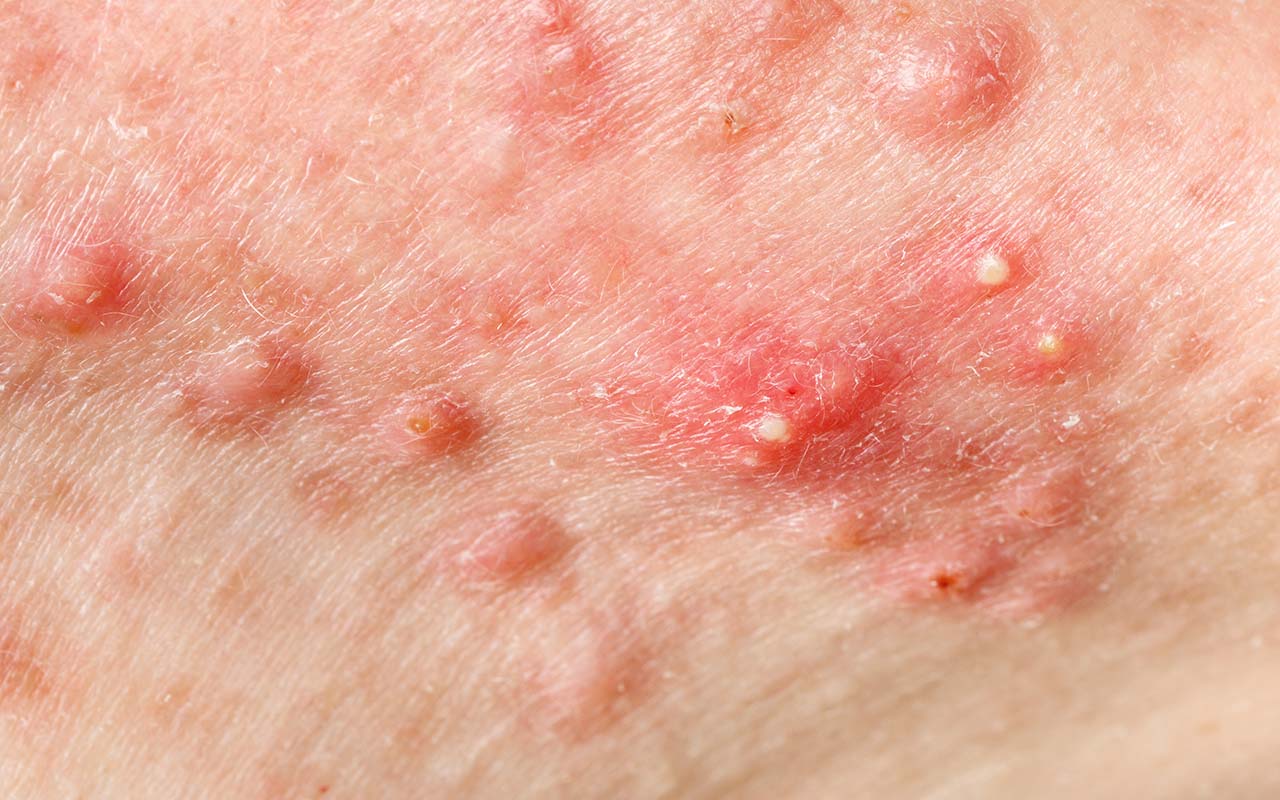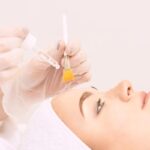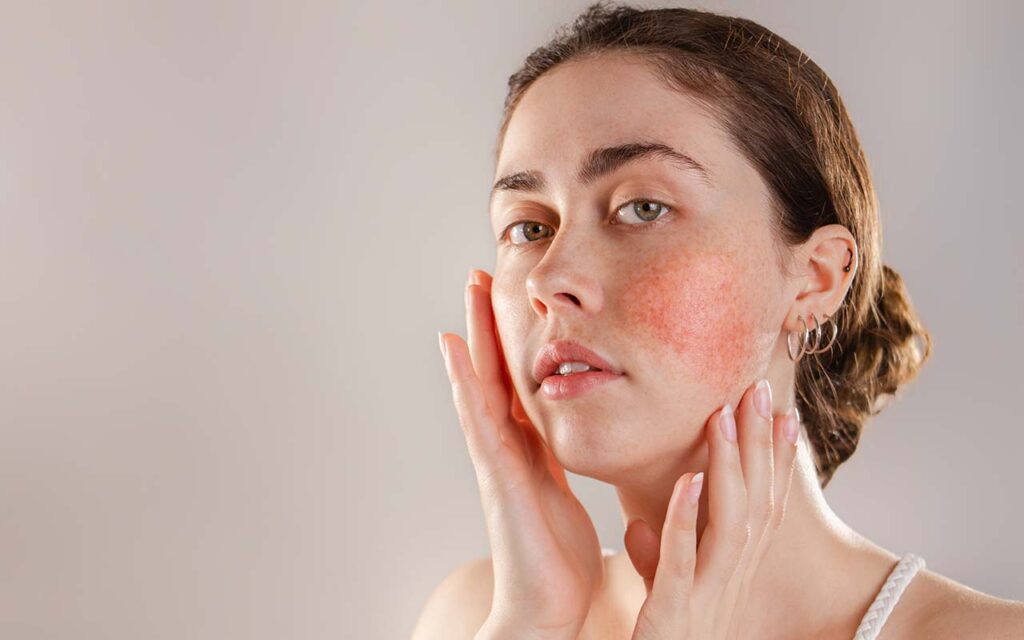Skin purging is another name for your skin reacting to certain chemicals in creams or treatments, mainly retinols and beta hydroxy acids. Because they are xfoliants these ingredients quickly take off the top layer of dead skin cells, meaning new ones regenerate sooner than they would normally. As a result, It brings any congestion to the surface of the skin, irritating it and causing breakouts.
Purging is temporary
Just as purging is caused by speeding up dead skin cell removal by exfoliating, the breakouts are also ‘sped up’ in that they don’t last as long as a typical skin breakout. And, in fact, a retinol-etc induced breakout is good as it shows that the product you have just put onto your face is actually working as it should.
Can you stop purging?
You can’t really prevent purging but you can lessen the chances of it happening in the first place by slowly introducing your new Product. If you have a new retinol serum then maybe just use it once in the first week, building up to twice in the second and then, if your skin is coping well, three times in the third week. Eventually, you should be able to use the product every day.
There are certain chemicals that are more likely to cause purging in susceptible individuals than others. These include salicylic acid.
What does a skin purge look like?
A purge often results in types of acne, such as pustules, blackheads, whiteheads and cysts – all of which are referred to as ‘inflammatory acne.’
When sebum (excess oil) mixes with dead skin cells, bacteria can build up inside the pore. To deal with this your body sends white blood cells into the pore to fight the bacteria. Chemicals such as retinol cause exfoliation to happen. It doesn’t attack bacteria but rather removes the inflammation, allowing the skin to clear itself up.
@FeminaIndia: “Purging gets all the nasty stuff out of your skin all at once, leaving only the goodness behind. Think of it as a deep cleanse.”
Difference between a purge and a breakout
It could be that the new product is clogging up your pores, causing a breakout rather than a purge. If the problem with your skin is still persisting a month later then this is a breakout. Purges should only last two to three weeks at the most.
Purges are caused by using exfoliants, such as retinols, alpha and beta hydroxy acids, salicylic acid and benzoyl peroxide. Breakouts are the result of sunscreen, hydrating oil and make-up.

How to treat a purge The way to make a purge less obvious and intense is to continue to keep your skin hydrated by drinking plenty of water. Don’t touch any of the pimples or break out areas with your fingers, and wear SPF factor when outside (especially if it’s in the summer when the sun is at its most intense). In fact, really try to limit your exposure to the sun. It’ll be worth it though if you really are keen on maintaining healthy skin.




